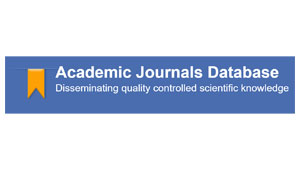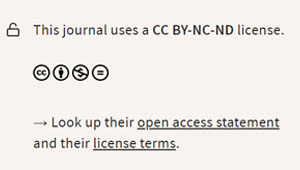Arnobio Germán Poblete, María José Vera, María Agustina Albeiro Castro
DOI: 10.59427/rcli/2024/v24.74-87
The societies of Cuyo and Central Chile are watching what happens to snowfall in the arid Andes as they suffer an increasingly acute and prolonged water deficit, which has been termed the ‘Megasequia’. These have been part of the continent’s history for centuries, essentially having a natural component, but climate change is amplifying their intensity, frequency and duration. Because of this, the 2023 snow season, like the previous year, was expected to be an index that would reflect the continuity or interruption of the Megasequence, which reinforces the need to investigate it in greater detail, as a result of the state of the atmospheric, oceanic and ocean-atmosphere coupling forcings that produced it.The purpose of this work is to describe statistically its snow sequence and the boundary conditions that gave rise to the behaviour of this season, its monthly variability and, in turn, to confirm whether it constituted an interruption, attenuation or continuity of the Megasequence.
Pág 74-87, 30 Dic








